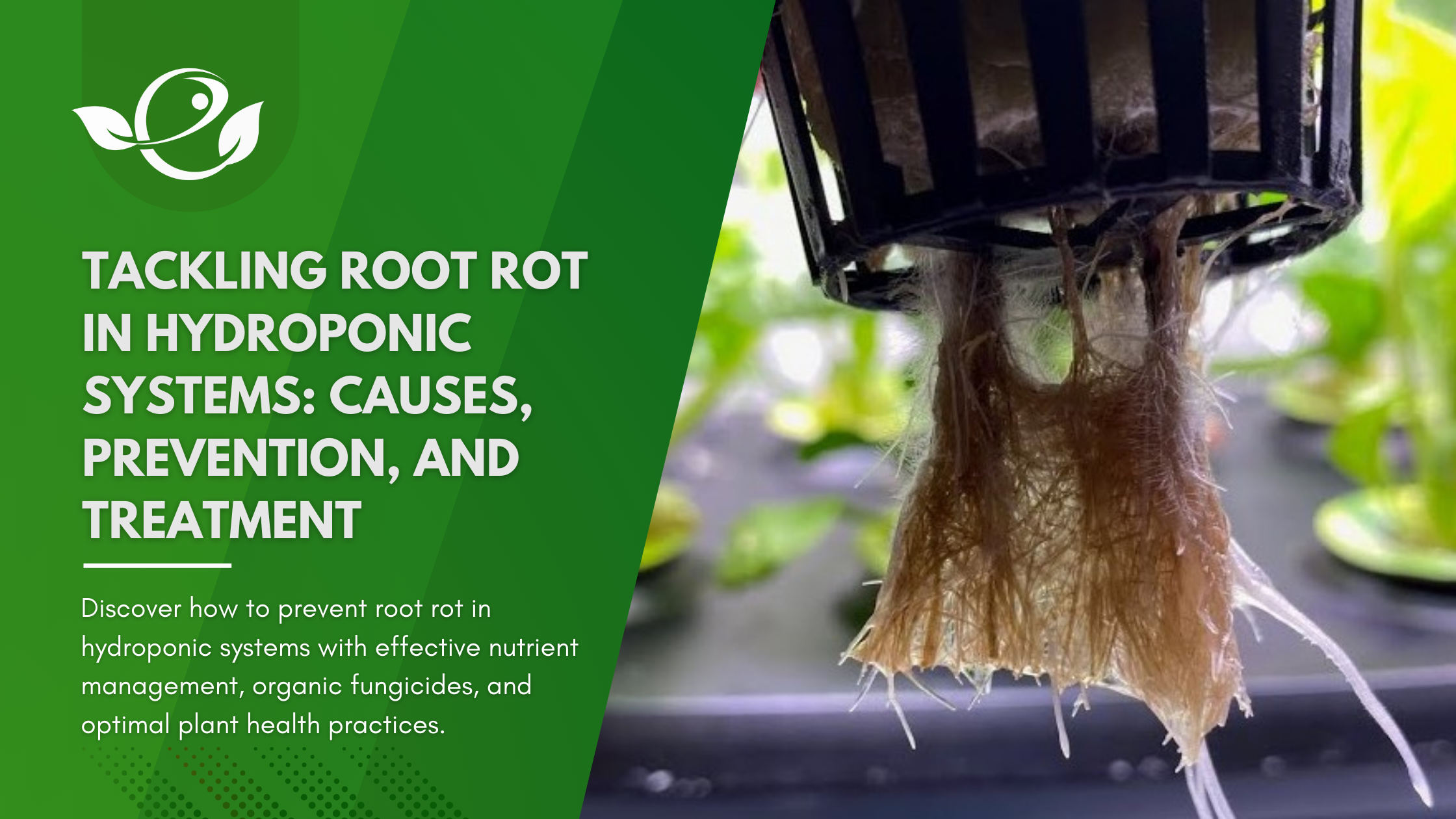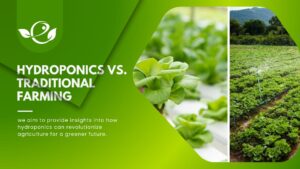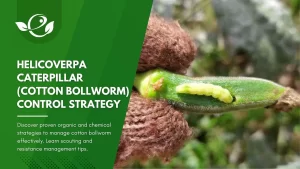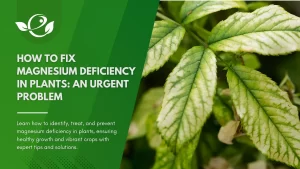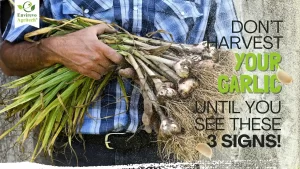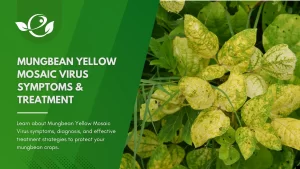Table of Contents
Root rot is a pervasive challenge faced by hydroponic gardeners worldwide, often resulting in devastating consequences for plant health and crop yields. In this comprehensive guide, we delve into the intricate dynamics of root rot within hydroponic systems, exploring its underlying causes, effective prevention strategies, and targeted treatment options to empower growers with the knowledge needed to combat this formidable adversary.
Understanding Root Rot in Hydroponic Systems

A. Definition and Symptoms
It is is a fungal disease characterized by the deterioration of the plant’s root system, primarily attributed to pathogenic fungi such as Pythium, Fusarium, and Rhizoctonia. These fungi thrive in the warm, moist conditions typically found in hydroponic environments, colonizing the roots and impeding the plant’s ability to absorb water and essential nutrients. Symptoms of root rot manifest as wilting, yellowing or browning of leaves, stunted growth, and a characteristic foul odour emanating from the root zone.
B. Causes of Root Rot in Hydroponic Systems
- Overwatering: One of the leading causes of root rot in hydroponic setups is excessive moisture, stemming from inadequate drainage or improper watering practices. Saturated growing media create an oxygen-deprived environment conducive to fungal growth, initiating the onset of root-rot.
- Poor Nutrient Management: Imbalances in nutrient solutions, whether due to over-fertilization or insufficient monitoring, weaken the plant’s defence mechanisms against fungal pathogens. Nutrient-stressed plants are more susceptible to infection, exacerbating the risk of root-rot development.
- High Humidity Levels: Hydroponic systems inherently maintain high humidity levels to support plant growth; however, excessive humidity creates a breeding ground for fungal pathogens. Poor ventilation and inadequate air circulation exacerbate this issue, amplifying the risk of root rot.
- Pathogens: Various fungal pathogens, including Pythium, Fusarium, and Rhizoctonia, pose a constant threat to hydroponic crops. These pathogens can persist in the growing medium or water reservoir, infecting susceptible plants and spreading rapidly throughout the system.
C. Effects of Root Rot on Plant Health and Growth
The ramifications of root rot extend far beyond the confines of the root system, exerting profound effects on overall plant health and productivity. As the disease progresses, affected plants exhibit a decline in vigour, characterized by reduced growth rates, diminished foliage quality, and ultimately, yield losses. The compromised root system hampers the plant’s ability to uptake water and nutrients, leading to nutrient deficiencies, metabolic imbalances, and increased susceptibility to secondary infections. Without intervention, root-rot can result in irreversible damage and the eventual demise of the plant.
Prevention of Root Rot in Hydroponic Systems

A. Proper System Setup and Maintenance
- Choosing Appropriate Growing Media: Selecting a well-draining, inert growing medium is paramount in mitigating the risk of root rot. Options such as perlite, vermiculite, or coco coir facilitate adequate aeration and moisture retention while minimizing the likelihood of waterlogged conditions.
- Ensuring Proper Drainage: Establishing an efficient drainage system within the hydroponic setup is essential for removing excess water and preventing waterlogging. Incorporating drainage trays, elevated platforms, or substrates with excellent drainage properties enhances oxygen diffusion and reduces the risk of root_rot.
- Maintaining Optimal Nutrient Levels: Implementing a robust nutrient management regimen is critical for sustaining plant health and resilience against root_rot. Regular monitoring of nutrient concentrations, pH levels, and electrical conductivity ensures that plants receive balanced nutrition without succumbing to nutrient imbalances or toxicities.
B. Monitoring Environmental Conditions
- Temperature Control: Maintaining optimal temperature ranges within the hydroponic environment inhibits fungal proliferation and mitigates the risk of root rot. Monitoring temperature fluctuations and implementing cooling mechanisms, such as fans or evaporative cooling, safeguard against thermal stress and create unfavourable conditions for fungal pathogens.
- Humidity Management: Striking a delicate balance between humidity and ventilation is essential for preventing the onset of root rot. Employing humidity sensors, dehumidifiers, or ventilation systems regulates atmospheric moisture levels, reducing the likelihood of fungal infections while promoting optimal plant transpiration and nutrient uptake.
- Air Circulation: Adequate air circulation is instrumental in averting stagnant air pockets and fostering a healthy growing environment. Utilizing oscillating fans, air pumps, or strategically positioned vents enhances air movement within the hydroponic system, minimizing humidity gradients and inhibiting fungal proliferation.
C. Hygiene and Sanitation Practices
- Sterilization of Equipment and Growing Surfaces: Thorough sterilization of hydroponic equipment, containers, and growing surfaces mitigates the introduction and spread of fungal pathogens. Utilizing disinfectants, such as hydrogen peroxide or bleach solutions, effectively eliminates microbial contaminants, safeguarding plant health and system integrity.
- Avoiding Cross-Contamination: Implementing stringent biosecurity measures prevents the inadvertent spread of pathogens between plants and growing environments. Establishing designated work zones, employing dedicated tools, and practising proper hand hygiene minimize the risk of cross-contamination, preserving the integrity of the hydroponic system and crop health.
- Regular System Inspections: Routine monitoring and inspection of the hydroponic system are indispensable for early detection and intervention against root rot. Conducting visual assessments, root examinations, and water quality analyses enables growers to identify potential issues promptly and implement corrective measures before irreparable damage occurs.
Treatment of Root Rot in Hydroponic Systems
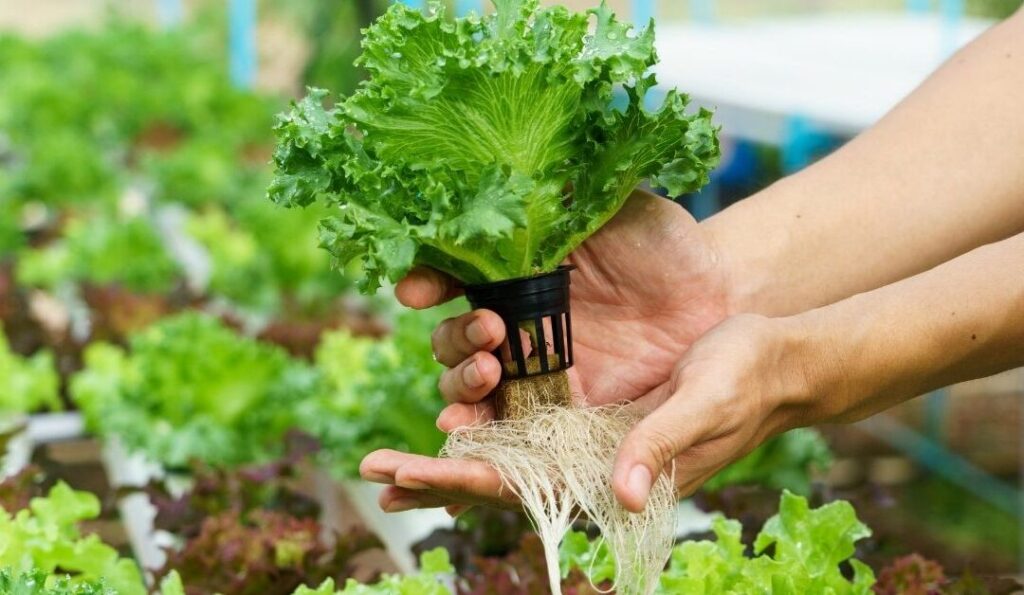
A. Early Detection Methods
- Visual Inspection: Vigilant observation of plant health and growth patterns facilitates early detection of Root rot symptoms. Regularly inspecting foliage, root systems, and water reservoirs enables growers to identify characteristic signs of infection, such as wilting, discolouration, or root decay, prompting timely intervention.
- Root Examination: Conducting root inspections provides valuable insights into the extent of root-rot and the efficacy of remedial measures. Gently removing plants from the growing medium and visually assessing root health, texture, and colouration aids in diagnosing root-rot and determining appropriate treatment strategies.
B. Non-Chemical Treatments
- Adjusting Nutrient Levels: Balancing nutrient concentrations and pH levels in the hydroponic solution restores optimal growing conditions and supports plant recovery from root rot. Diluting nutrient solutions, adjusting pH with organic acids or bases, and supplementing essential micronutrients alleviate nutrient imbalances and enhance root function.
- Enhancing Oxygenation: Improving oxygen availability within the root zone is critical for mitigating the anaerobic conditions conducive to fungal growth. Implementing oxygenation techniques, such as air stones, bubblers, or oxygen generators, enhances root respiration and suppresses fungal proliferation, promoting plant vitality and resilience.
- Pruning Affected Roots: Surgical removal of diseased or necrotic roots is an effective strategy for containing root rot and promoting new root growth. Using sterilized tools, trim damaged root segments, and disinfect pruning wounds with antifungal agents or hydrogen peroxide to prevent reinfection and expedite healing.
C. Chemical Treatments and Biological Controls
- Antifungal Agents: The application of fungicidal treatments effectively suppresses fungal pathogens responsible for root-rot. Selecting broad-spectrum or species-specific fungicides, such as copper-based compounds, thiophanate-methyl, or phosphorous acid formulations, inhibits fungal growth and alleviates disease pressure within the hydroponic system.
- Beneficial Microbes: Harnessing the antagonistic properties of beneficial microbes offers a sustainable approach to root rot management. Inoculating hydroponic systems with mycorrhizal fungi, Trichoderma spp., or Bacillus strains enhances root colonization and antagonizes pathogenic fungi, bolstering plant defences and promoting overall system resilience.
- Organic Fungicides: Embracing natural and organic alternatives provides eco-friendly solutions for combating root-rot. Utilizing botanical extracts, such as neem oil, garlic, or cinnamon, offers potent antifungal properties without compromising environmental safety or human health, ensuring sustainable disease management practices.
D. Re-evaluating Prevention Strategies for Long-Term Management
Continuous assessment and refinement of prevention measures are essential for sustaining long-term management of root rot in hydroponic systems. Reflecting on past experiences, adjusting cultural practices, and incorporating novel technologies empower growers to adapt and evolve their strategies, mitigating the risk of recurrence and fostering resilient, productive growing environments.
Conclusion
In conclusion, root rot represents a formidable challenge in hydroponic cultivation, necessitating a multifaceted approach to prevention, detection, and treatment. By understanding the underlying causes, implementing proactive prevention measures, and deploying targeted interventions, growers can safeguard their crops against the insidious threat of root rot, ensuring the long-term health and productivity of their hydroponic systems. Through continuous vigilance, adaptation, and knowledge-sharing, we can collectively overcome the challenges posed by root rot and cultivate thriving, resilient growing environments that sustainably nourish both plants and communities.
FAQ Section
What are the early signs of root rot in hydroponic systems?FAQ Section
Early signs of this problem include wilting, yellowing or browning of leaves, stunted growth, and a foul odour emanating from the root zone.
How can I prevent root rot in my hydroponic setup?
Prevent root rot by ensuring proper drainage, maintaining optimal nutrient levels, monitoring environmental conditions (temperature, humidity, air circulation), practising good hygiene and sanitation, and choosing appropriate growing media.
Can I use chemical fungicides to treat root rot in hydroponic systems?
Yes, chemical fungicides can be used to treat this problem; however, it’s essential to select products labelled safe for hydroponic use and follow application instructions carefully.
Are there organic alternatives to chemical fungicides for treating root rot?
Yes, organic alternatives such as neem oil, garlic extract, and cinnamon have antifungal properties and can be effective in treating roo-rot while minimizing environmental impact.
How do I know if my plants have recovered from root rot?
Signs of recovery from root-rot include improved foliage colour, increased growth rates, and healthy new root growth. Conducting regular inspections and monitoring plant health indicators can help assess recovery progress.
Can I reuse growing media after a root rot outbreak?
It’s generally not recommended to reuse growing media after a root-rot outbreak, as fungal pathogens may persist in the substrate. Instead, it’s best to replace the growing medium and sterilize or disinfect the hydroponic system thoroughly before replanting.
What should I do if I suspect root rot in my hydroponic system?
If you suspect this, promptly remove affected plants, inspect the root system for signs of decay, and implement appropriate treatment measures such as adjusting nutrient levels, enhancing oxygenation, and applying fungicidal treatments as needed.
Can root rot spread to other plants in my hydroponic system?
Yes, it can spread to other plants in the hydroponic system if not addressed promptly. Practice strict hygiene protocols, isolate infected plants, and monitor adjacent plants closely for signs of infection to prevent further spread.
